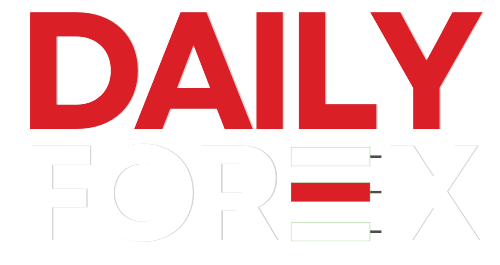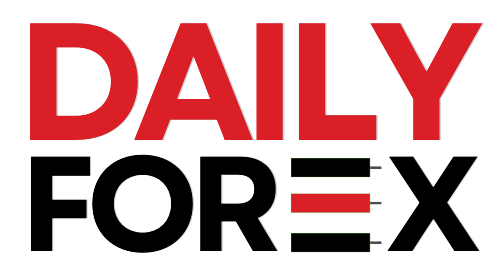The Euro (EUR) has seen a rebound, rising to near 1.1700 as the US Dollar (USD) faces pressure following mixed inflation data. Key factors, including expectations of two rate cuts by the Federal Reserve (Fed), the extension of the US-China trade truce, and mixed inflation readings, will continue to influence EUR/USD movements in the coming days.
Technical Overview: EUR/USD Targeting 1.1800
EUR/USD has made a strong rebound, advancing towards 1.1700, and is currently flirting with two-week highs. Resistance is seen at the weekly high of 1.1788 (July 24), with further upside potential targeting 1.1830, the July 1st high. Beyond this, the next significant hurdle lies at the psychological 1.1909 level from September 2021.
On the downside, support starts at the August low of 1.1391, followed by the key 200-day SMA around 1.1388. Below this, the weekly floor at 1.1210 (May 29) remains an important level.
The Relative Strength Index (RSI) currently sits at nearly 55, suggesting mild bullish momentum, though the Average Directional Index (ADX) near 15 shows the current trend lacks strong momentum.
Fundamental Overview: Mixed US Inflation Data, Trade Developments, and ECB Outlook
US Inflation Data and Fed Rate Expectations:
Mixed inflation data in the US is clouding the outlook for the Federal Reserve’s future rate decisions. While the core inflation rate rose from 2.9% in June to 3.1% in July, overall inflation remains steady at 2.7%. The market is still pricing in two potential rate cuts, likely in September and December. The Fed’s cautious stance is expected to keep the US Dollar under pressure, influencing EUR/USD movement.
Trade Developments:
The US-China trade war has entered a new phase with the extension of the trade truce by another 90 days, averting the risk of higher tariffs on Chinese goods. This development has alleviated some concerns about trade disruptions and has provided some support to global market sentiment, including the Euro.
Furthermore, the US-EU trade agreement is expected to provide a more favorable environment for European exports. However, skepticism remains, particularly in Germany, where Chancellor Friedrich Merz warned about the potential impact on the fragile manufacturing sector.
ECB and Eurozone Outlook:
The European Central Bank (ECB) remains cautious, with President Christine Lagarde describing growth as “solid, if a little better,” but market expectations for a rate cut have been pushed out to spring 2026. Despite this, the Euro’s outlook could be influenced by broader economic sentiment, especially with the ECB keeping policy rates steady for the time being.
Speculative Activity and Market Sentiment:
Speculators have reduced their net long positions in the Euro, with net long positions at a five-week low, according to the latest Commodity Futures Trading Commission (CFTC) report. Commercial players also trimmed their net short positions on the Euro, further reflecting market caution ahead of critical data releases and potential shifts in US monetary policy.
Conclusion:
EUR/USD’s near-term movement will depend heavily on US inflation data, the Fed’s future rate path, and developments in trade negotiations. If inflation data signals a need for Fed rate cuts, the USD may weaken, potentially pushing EUR/USD towards higher targets. On the other hand, a stronger USD or lack of a shift in Fed policy could cap the Euro’s upside potential.
Traders will be watching closely for any updates on trade talks and ECB signals that could give direction to the pair. In the short term, EUR/USD may continue to test levels near 1.1700, with key support and resistance levels guiding price action.




